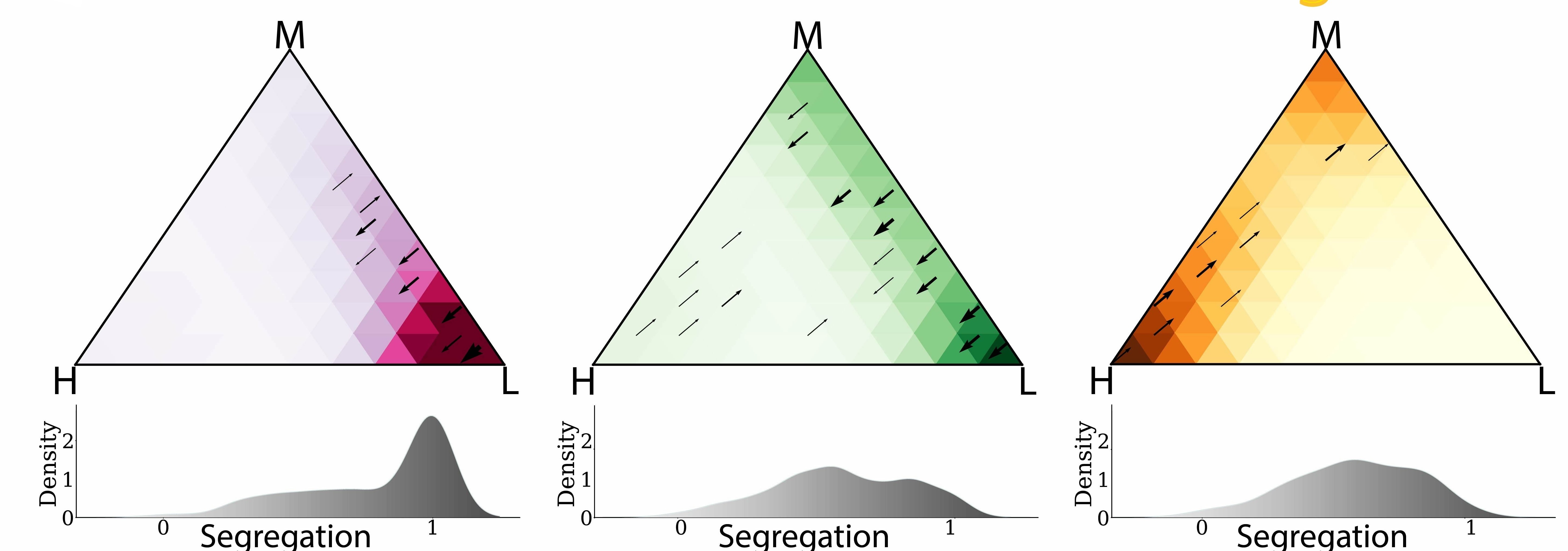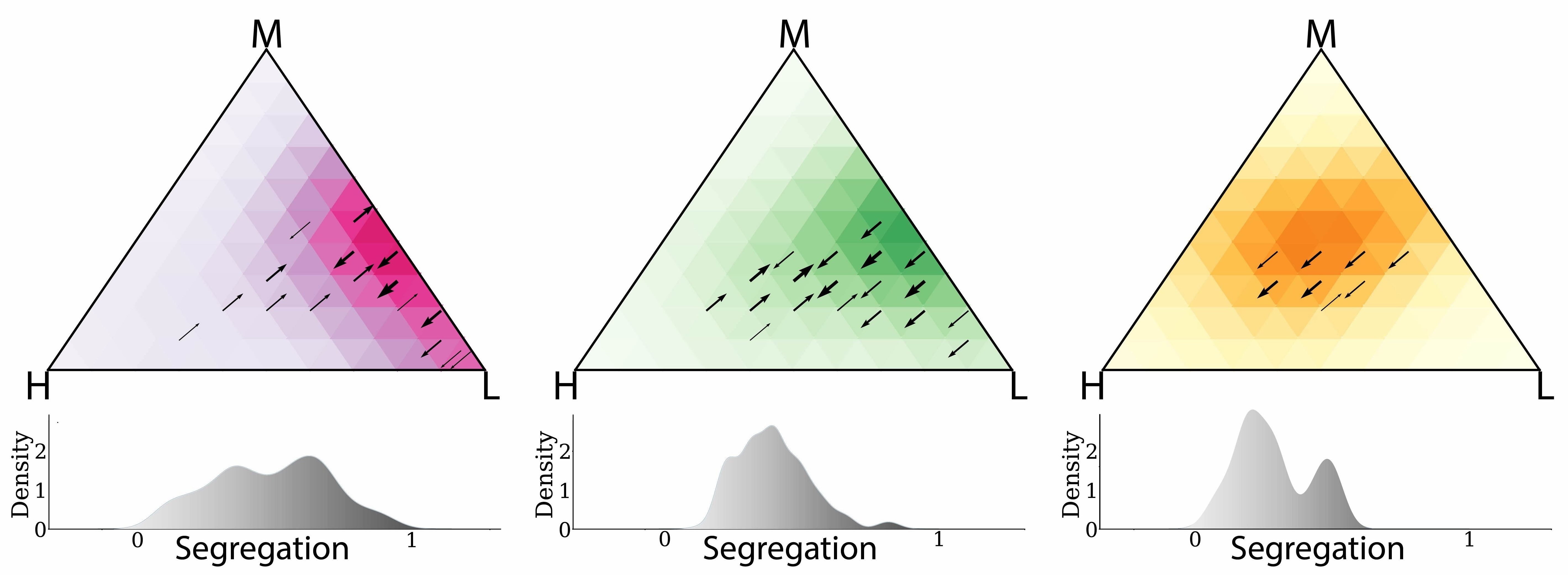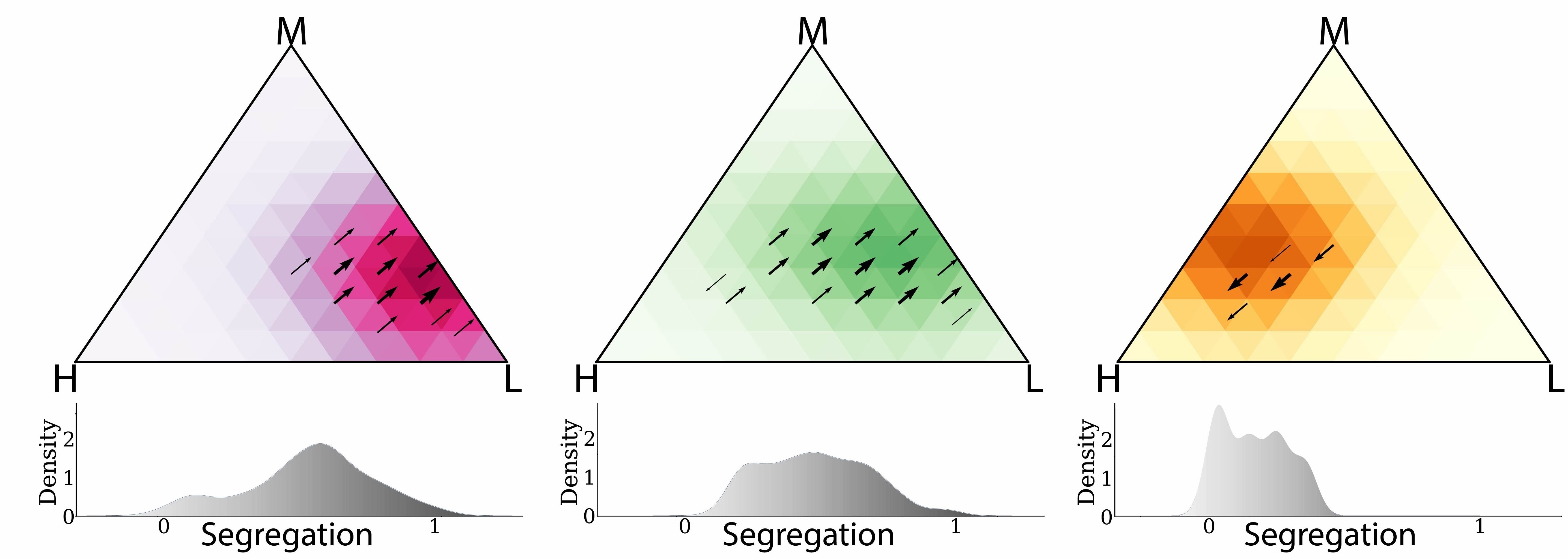Welcome to Milan Urban Dynamics
This interactive platform presents groundbreaking research on income segregation patterns in Milan, Italy. Our study uses high-resolution location data to reveal how social mixing changes throughout the day across diverse neighborhoods.
By examining these dynamics, we provide insights into how urban design impacts socioeconomic integration.
Understanding the Income Triade
Our innovative approach uses a three-dimensional "income triade" framework to visualize social mixing among high, medium, and low-income groups.
This method reveals not only the extent of segregation but also its specific composition across the urban landscape.
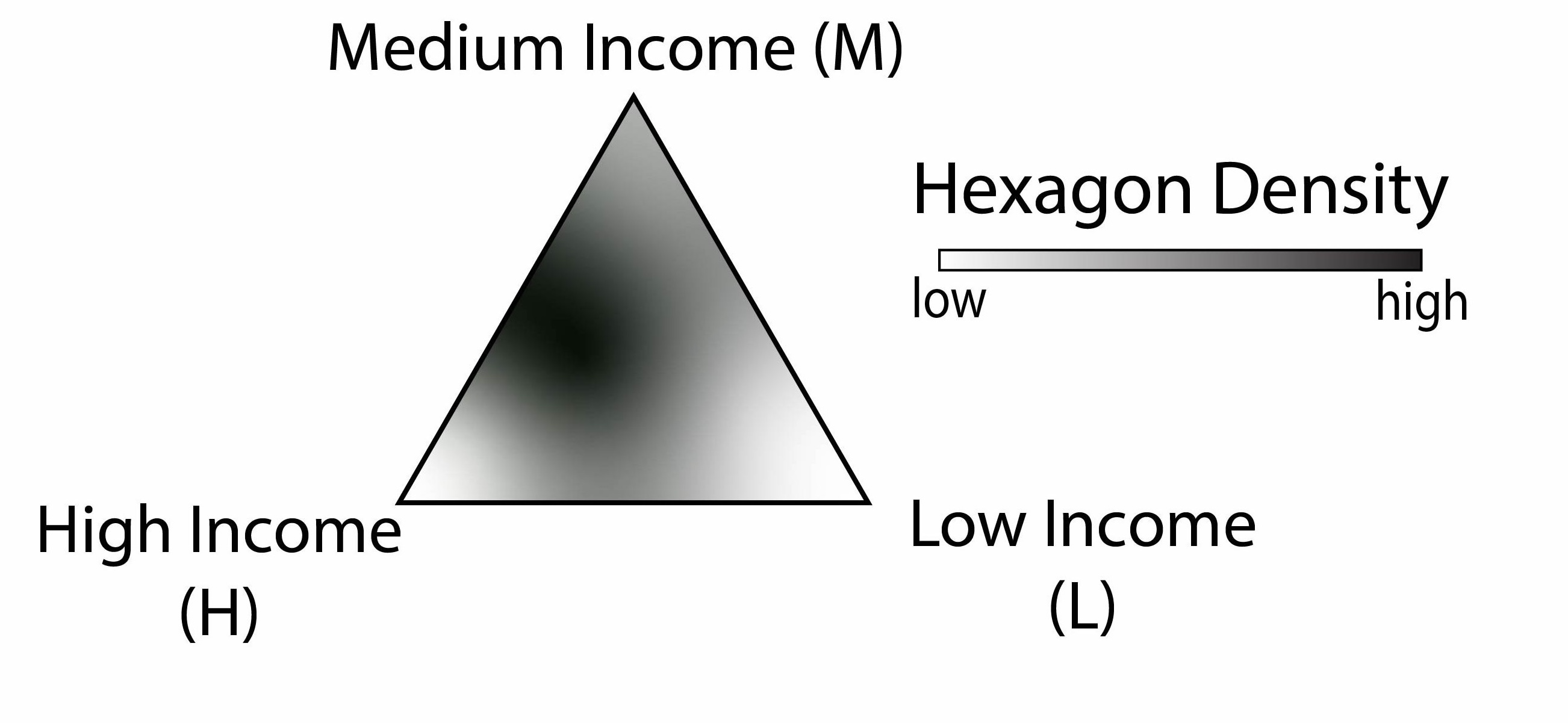
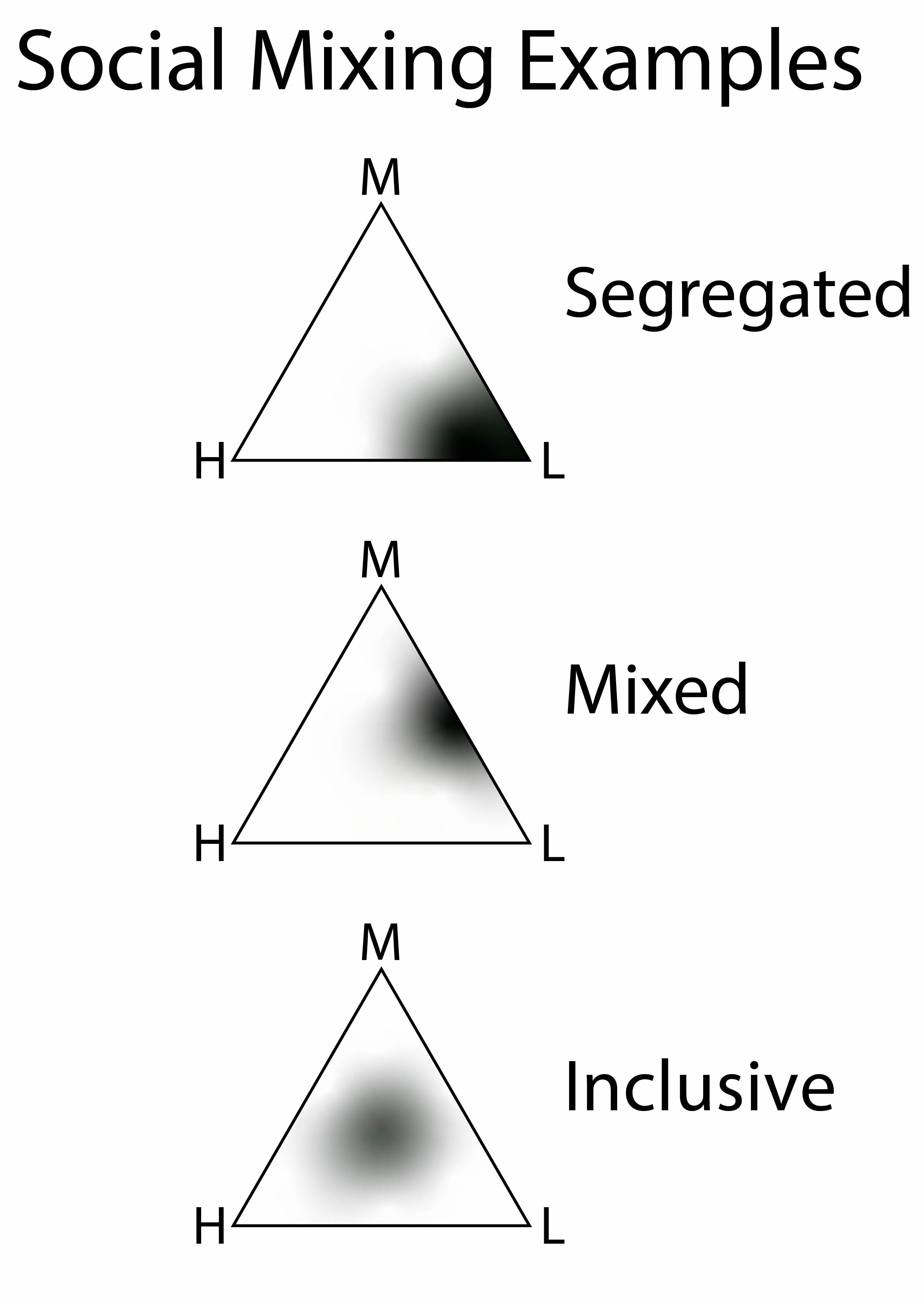
How to Use This Platform
Explore the Interactive Map: Click on any hexagon to view detailed income trajectory data for that neighborhood over 24 hours.
Compare Patterns: Observe variations between weekdays and weekends.
Understand Urban Factors: Discover how features such as public transport and amenities influence segregation patterns.
